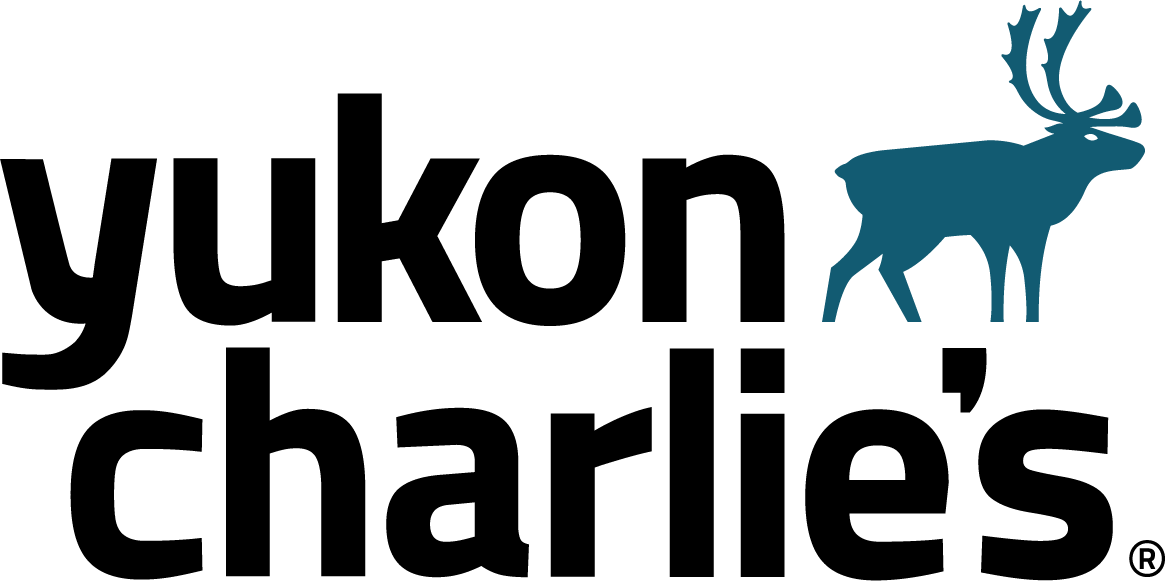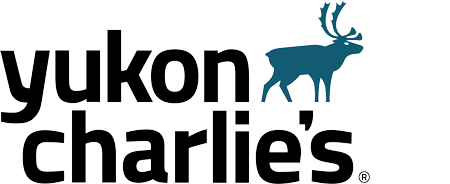
“In seed time learn, in harvest teach, in winter enjoy,” wrote William Blake. Two great ways to enjoy winter to the fullest are through snow sports. But when it comes to snowshoeing vs. cross-country skiing, which is the best choice? What is the difference between snowshoeing and cross-country skiing and which one is easier? Consider the following comparison of the two popular wintertime sports to help you decide.
The Learning Curve
Snowshoeing is easy to learn. This is because the basic motion mimics walking. “If you can walk, you can snowshoe,” is the well-known saying of veterans of the sport. There are only a few techniques a beginner must master. First, you need to adjust your gait. Since the snowshoes are wider than normal footwear, you will have to maintain a wider stance. Second, there are some simple movements that are necessary to snowshoeing, such as getting up, turning around, and navigating slopes. These important skills can be easily practiced in your backyard or a local park before heading into the wilderness.
Though cross-country skiing can also be enjoyed by a beginner, it requires more time to learn the basics than snowshoeing. You must master some vital skills. These include propelling yourself, slowing down, going up inclines, and skiing downhill safely. While it is possible to learn these techniques by yourself, it is wise to seek help. “Definitely head out with someone who has some cross-country skiing experience or take a lesson to learn the basic techniques,” recommends one veteran cross-country skier.
Cost of equipment
As far as equipment cost, both sports are relatively inexpensive when compared with many other activities. A beginner can find a pair of snowshoes ranging from less than $100 to a little over $300. Some outfitters offer combo packages that include two trekking poles along with the snowshoes.
When it comes to snowshoeing vs. cross-country skiing equipment, skiing requires more basic equipment than snowshoeing, which also makes it more expensive. A beginner will need skis, boots, bindings, and poles. You can expect to spend a minimum of over $200 to purchase the necessary gear.
Health Benefits
Any outdoor activity in the winter is beneficial for your health. Snowshoeing has several health benefits. First, you can burn from 420 to 1000 calories per hour. Second, the actions involved in snowshoeing provide a full-body workout, especially when you use poles. Research has discovered that using snowshoeing poles increases the energy you use from 16% to 23% because it works your upper body. “Snowshoeing is the best bang-for-your-buck, fat-burning workout in winter,” concludes Dr. Ray Browning, associate professor of health and exercise science at Colorado State University.
Cross-country skiing is also good for your health. Studies by the Harvard School of Public Health rate the calories burned by cross-country skiing as equal to snowshoeing. Some skiing proponents claim that the sport can actually exceed snowshoeing under the right circumstances. If you do backcountry skiing, you can burn over 1,100 calories an hour. Another benefit of skiing is the demand it places on your entire body while being low impact. “Cross-country skiing can be regarded as the gold standard winter time aerobic exercise mode, with a high percentage of muscles in the whole body being activated…,” concluded researchers in a 2016 study.
Places to Enjoy the Sport
Though both snowshoeing and cross-country skiing are winter activities that both require snow, there are several differences between the places you can enjoy the sports. Snowshoeing can be done in a variety of locations from state parks, national parks, ski resorts, and mountain lodges. You can even snowshoe on any large open space that is snow covered (like a golf course or city park). A minimum of 6” of snow is a needed to snowshoe. The great advantage of snowshoeing is that it does not require a groomed track and can be done in any type of geography. “Snowshoes have the edge in rougher terrain or where there are obstacles that might impede or entangle a pair of skis,” observes outdoor writer, Alice Moon.
While it is possible to go cross-country skiing even in backcountry wilderness areas, most people enjoy the sport on courses especially maintained for it. These tracks are groomed with special machines that pack down the snow. For the classic style of skiing, two parallel grooves are formed for the skis to glide along. For the skate style skiing, the tracks are wide and groomed level to allow for the necessary skating motion. This means that most people ski in parks and Nordic centers that are able to prepare and maintain the tracks. To venture off-track requires specialized skis that are wider and sturdier. This limits the location of cross-country skiing.
“Even in winter an isolated patch of snow has a special quality,“ wrote Andy Goldsworthy. When it comes to cross-country skiing vs. snowshoeing, both have different advantages, and both will enable you to enjoy the special qualities of wintertime snow.






